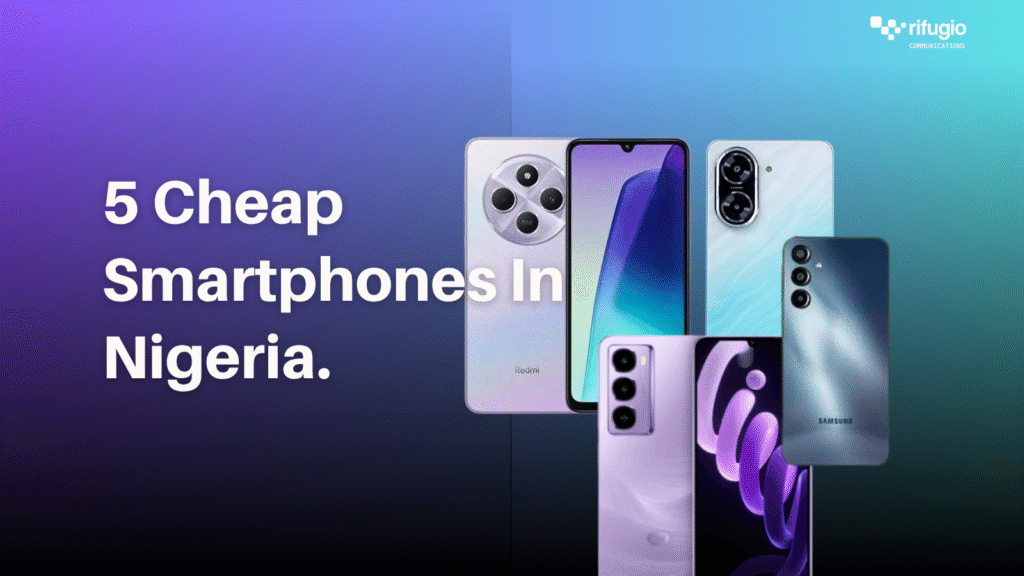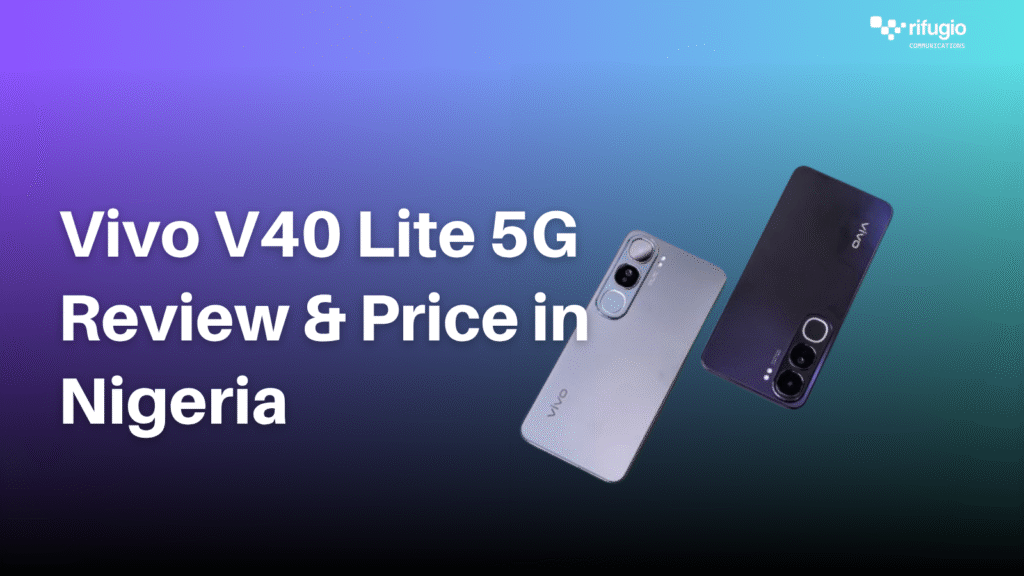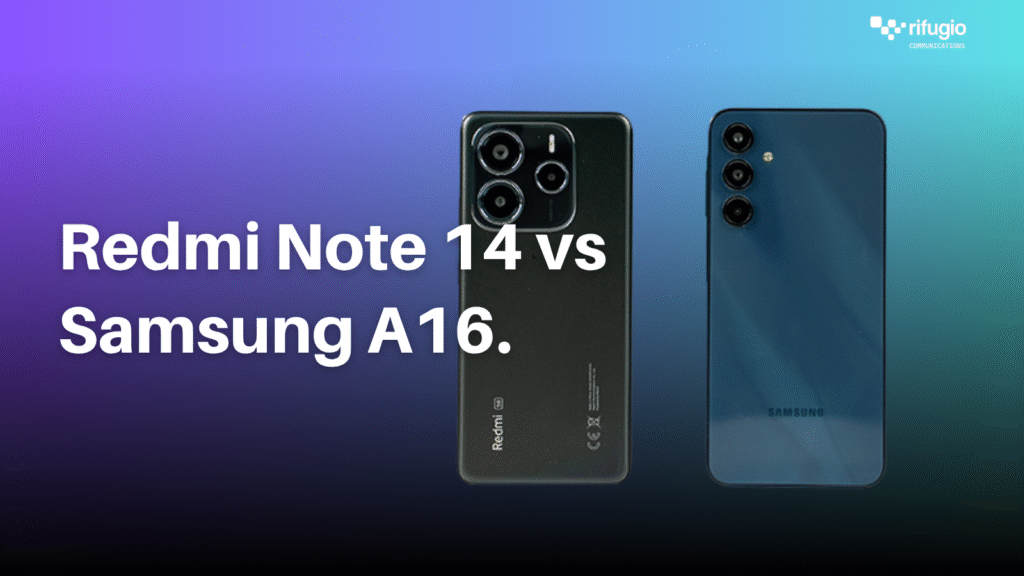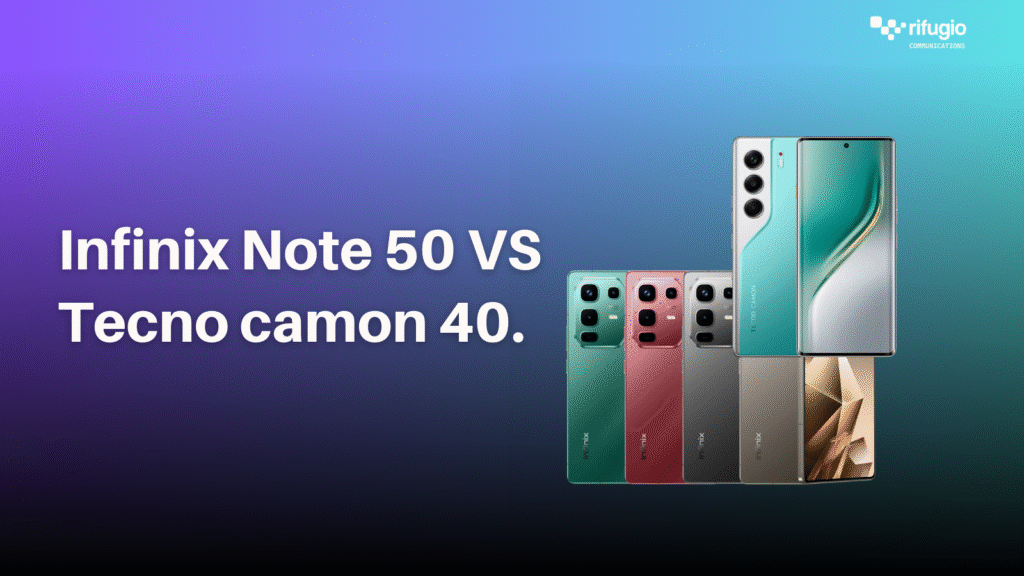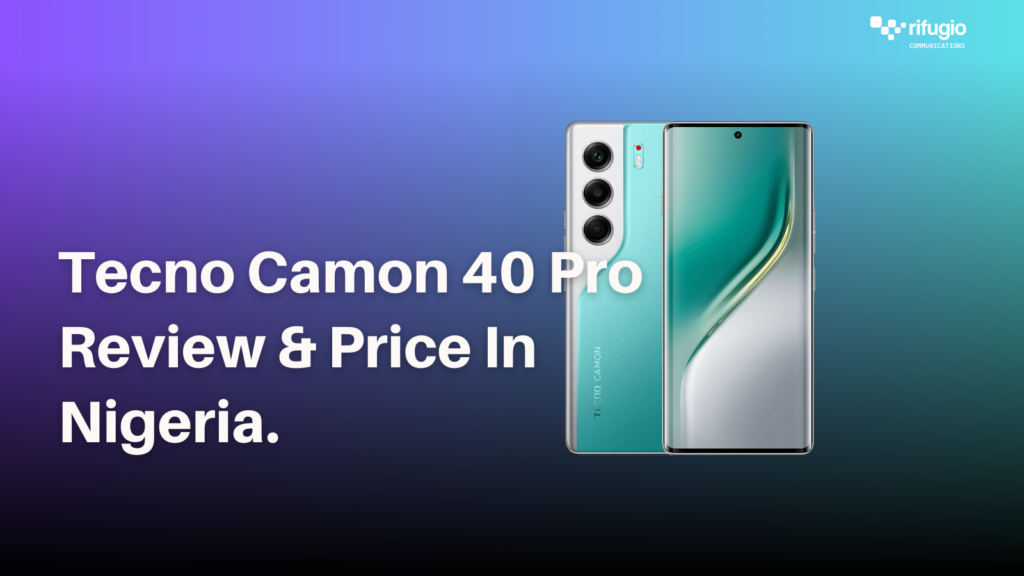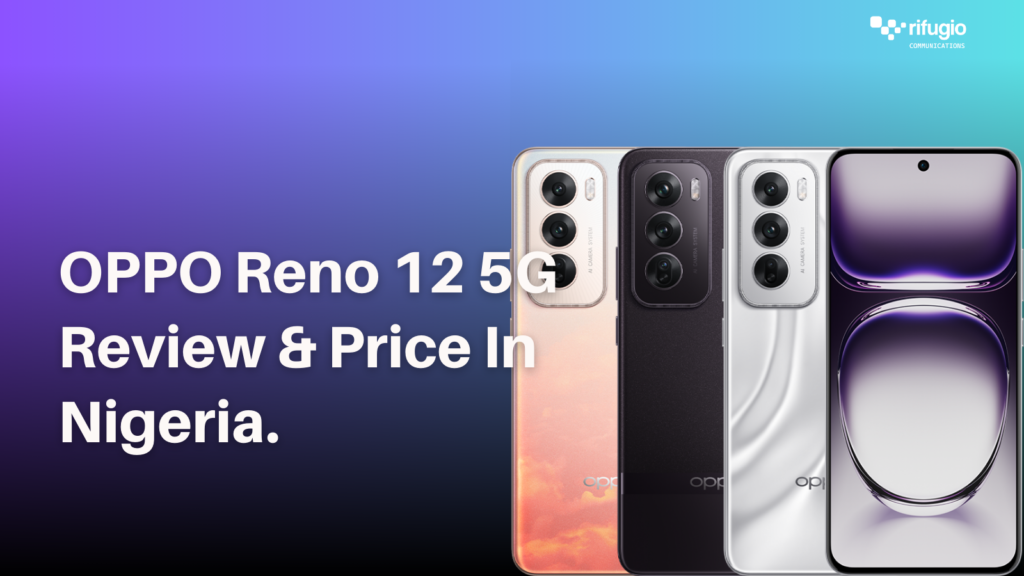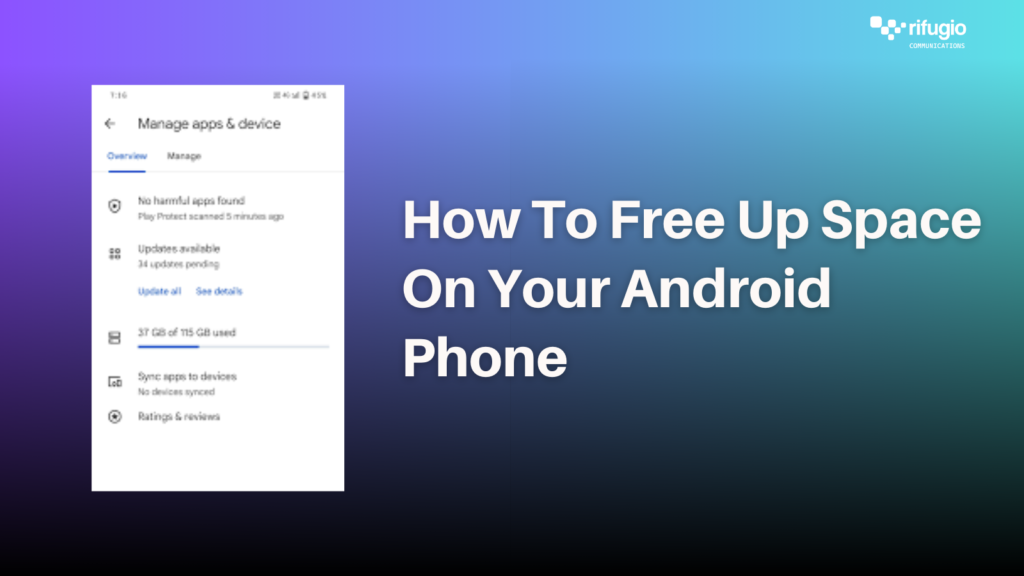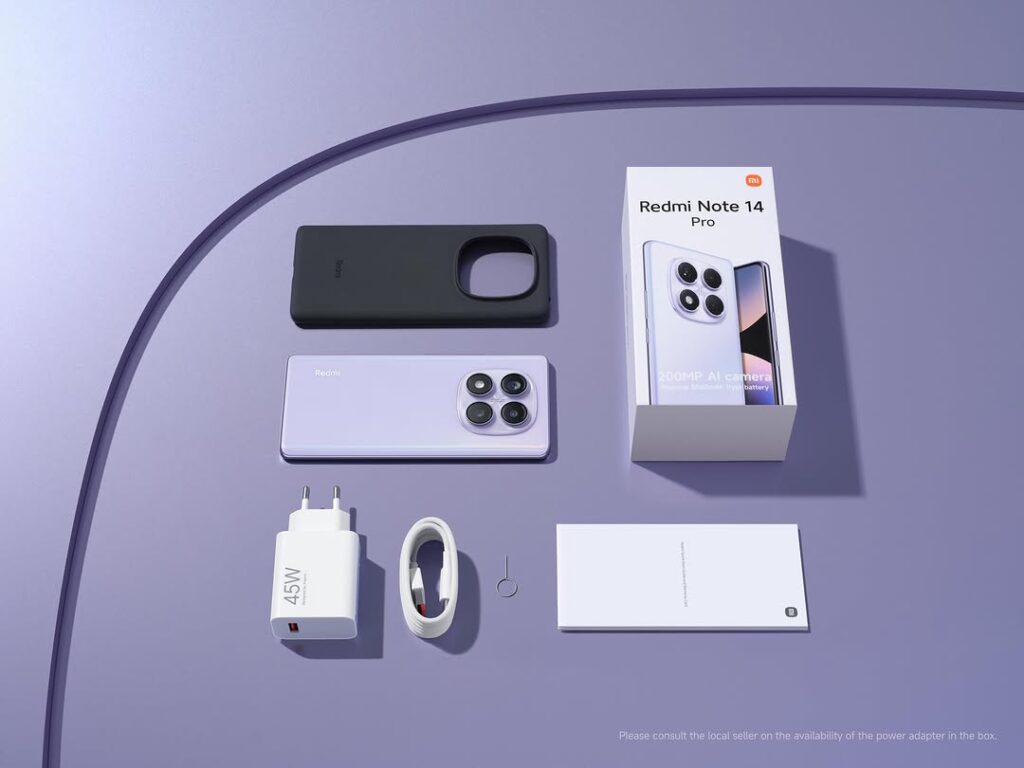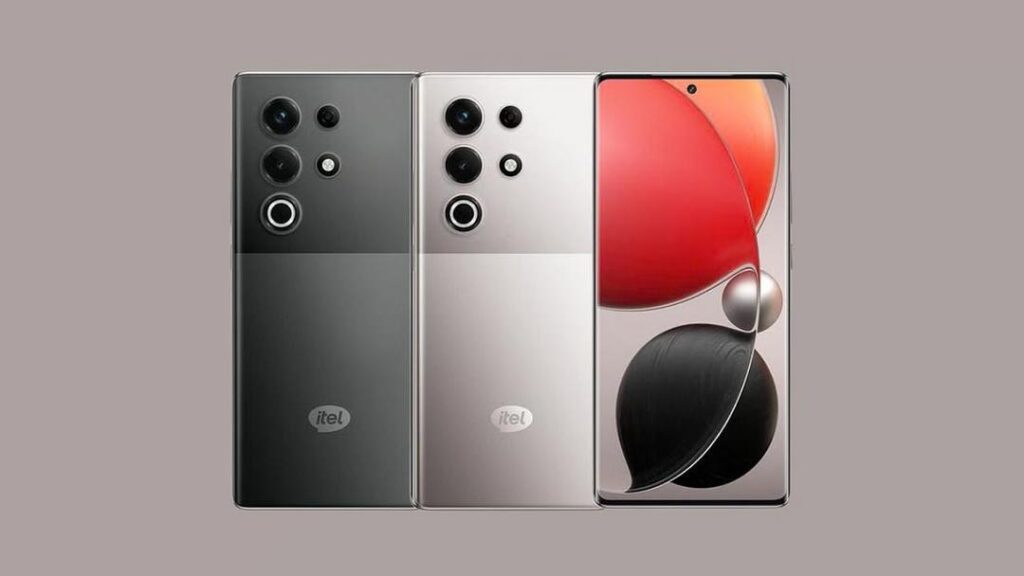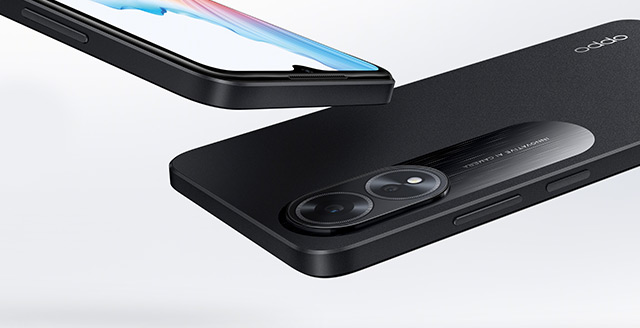Samsung Galaxy S25 vs. Galaxy S24: Is the Upgrade Worth It?
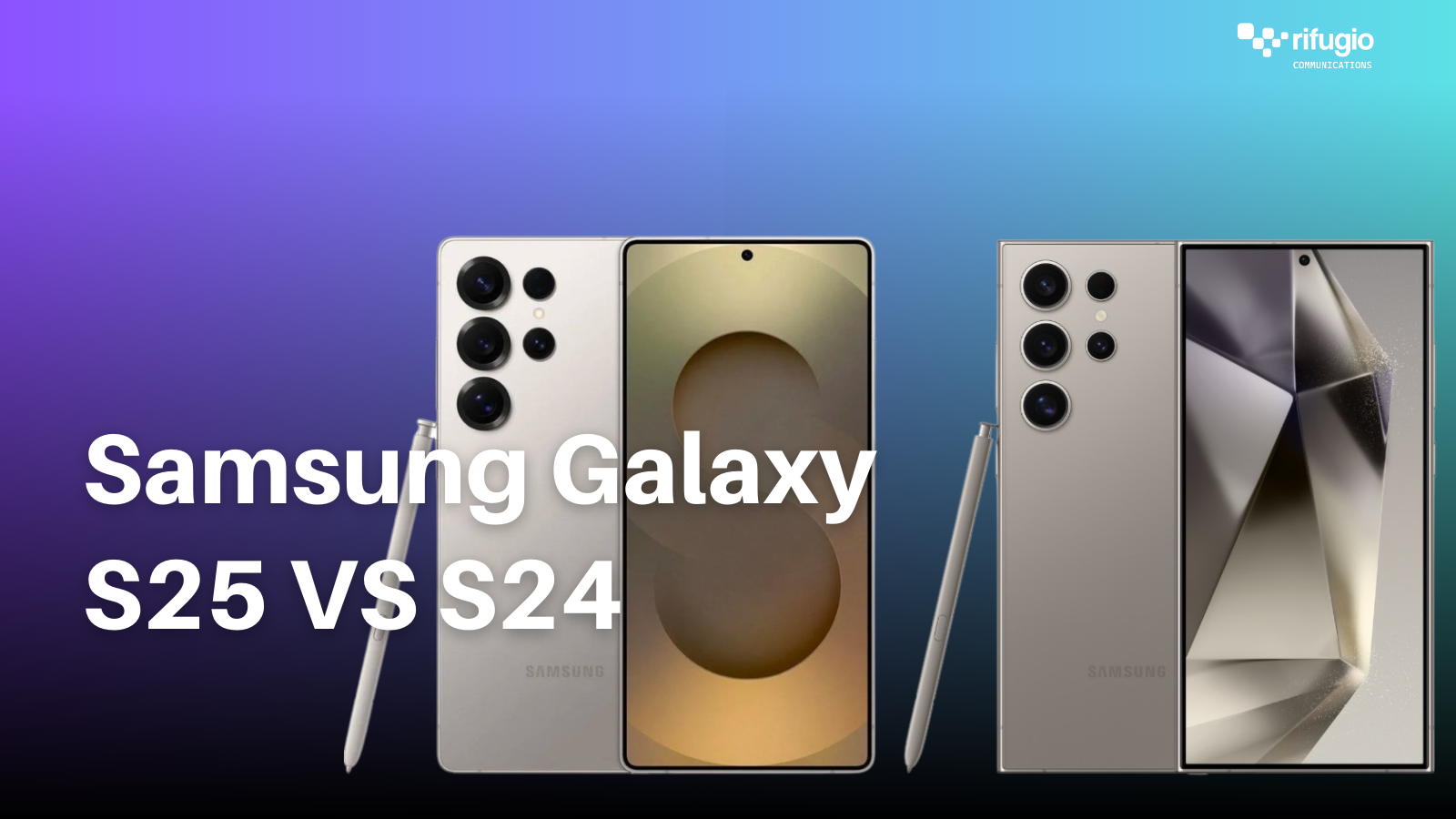
When choosing between flagship smartphones, the decision often comes down to whether the latest model justifies the price difference compared to its predecessor. The Samsung Galaxy S25 and Galaxy S24 are both powerful, high-end devices, but with a noticeable price gap. So, is the Galaxy S25’s upgrade worth the extra investment, or does the S24 still offer the best value? Here’s a comprehensive breakdown to help you decide.
Design & Build Quality
At first glance, the design of the Galaxy S25 and S24 is strikingly similar. Both phones boast premium build quality with glass backs, slim profiles, and sleek finishes. The dimensions are almost identical, with the S25 being just 0.4 mm thinner. While this might seem trivial on paper, in-hand, the S25 feels marginally more compact, making it slightly easier to grip and handle.
Both models feel solid and have the same level of durability, meaning the difference in thickness is unlikely to be a deciding factor for most users. In terms of design, either phone offers a high-end, modern look that rivals other flagship devices on the market.
Display: No Differences Here
Both the Galaxy S25 and S24 feature a 6.2-inch LTPO AMOLED display with a 120Hz refresh rate, offering fluid and vibrant visuals. The screen resolution is 1080×2340 pixels, providing sharp details with 416 ppi density. Samsung’s AMOLED panels are known for their deep blacks and vivid colors, and both devices deliver an immersive viewing experience.
When it comes to brightness, the Galaxy S24 peaks at 1401 nits, while the S25 is rated at 1395 nits. This minor difference in maximum brightness is negligible and unlikely to affect your everyday usage, especially since both displays handle HDR content beautifully.
Since both devices offer the same display specifications, you can expect identical performance here. Whether you’re watching videos, browsing, or gaming, the screen experience is excellent on both phones.
Battery Life: A Slight Improvement for the S25
Both the Galaxy S25 and S24 come with a 4000 mAh battery, which should provide all-day usage for most people. However, due to the more power-efficient chipset in the Galaxy S25, it offers a slight boost in battery performance, especially for power-intensive tasks like gaming and voice calls. In our tests, the S25 delivered a longer battery life during active use, although web browsing and video playback showed similar results between the two models.
Overall, the difference in battery life between the two phones is minimal. If you’re a heavy user, you might appreciate the slight increase in stamina offered by the Galaxy S25, but for most users, the S24 will get you through the day without issue.
Charging Speed: No Major Differences
Both devices support 25W wired charging, which allows for a 0-100% recharge in about 1 hour and 15 minutes. While the S25 has a marginally faster charging rate in some tests, the difference is so small that it won’t have much of an impact on day-to-day use. Whether you choose the S24 or the S25, you’ll get the same fast charging speeds, and you can expect around 50% charge in 30 minutes.
Sound Quality: A Subtle Upgrade for the S25
Samsung hasn’t made any official claims about upgrades to the loudspeakers in the Galaxy S25, but our tests show that the S25 offers slightly better sound quality than the S24. The bass is fuller and more pronounced, improving the overall listening experience, especially when playing music or watching videos.
That said, the S24’s speakers are still quite good, and they’re slightly louder than the S25’s, though this difference is barely noticeable unless you’re listening very closely. In practice, both phones offer excellent sound quality for their size, with the S25 having a more balanced sound profile, while the S24 is a bit louder.
Performance: The Galaxy S25 Pulls Ahead
One of the biggest differences between the Galaxy S25 and S24 is the performance. The S25 is powered by Qualcomm’s latest Snapdragon 8 Elite for Galaxy, which is far more powerful than the Exynos 2400 or Snapdragon 8 Gen 3 chips found in the S24, depending on the region. This new chipset provides a significant performance boost, particularly in benchmarks.
In our testing, the S25 outperformed the S24 in every category, including CPU, GPU, and memory performance. The difference in real-world usage is noticeable, with the S25 handling demanding tasks, gaming, and multitasking with greater ease. If performance is a top priority for you, the S25 offers a clear advantage, especially with its improved processing power and efficiency.
Camera Comparison: Similar Hardware, Slight Edge for the S25
The camera setups on the Galaxy S25 and S24 are virtually identical, with both phones featuring a 50MP primary sensor, a 10MP telephoto lens with 3x optical zoom, and a 12MP ultrawide camera. Both devices also have a 12MP selfie camera with autofocus.
In terms of image quality, the two phones are almost indistinguishable, with both capturing sharp, vibrant photos during the day. The S25 does show a slight advantage when it comes to 2x zoom shots, offering slightly less noise and more detail in photos. In low-light conditions, both phones perform admirably, but the S25’s photos tend to have warmer tones and deeper shadows, giving them a more natural look.
For video, the Galaxy S24’s videos are slightly sharper and handle highlights better than the S25’s, though the difference is subtle. Overall, both devices offer excellent photo and video quality, making them both capable choices for photography enthusiasts.
Verdict
Ultimately, the decision between the Samsung Galaxy S25 and Galaxy S24 comes down to how much value you place on incremental upgrades. The S25 delivers a noticeable performance boost, longer battery life, and slightly improved sound quality. However, if you’re looking for near-identical user experience at a lower price, the Galaxy S24 is a fantastic option.
Both phones offer similar displays, cameras, and overall functionality, with the S24 still receiving long-term software support from Samsung. If saving money is a priority for you, the Galaxy S24 is a smart choice. But if you want the latest and greatest performance, the Galaxy S25 is the clear winner.
For most users, the S24 offers exceptional value for money, and unless you’re a power user who demands top-tier performance, you’ll likely find the S24 more than sufficient for your needs.
Samsung Galaxy S25 Samsung Galaxy S24
| Network | Technology | GSM / CDMA / HSPA / EVDO / LTE / 5G | GSM / CDMA / HSPA / EVDO / LTE / 5G |
| Launch | Announced | 2025, January 22 | 2024, January 17 | |
| Status | Available. Released 2025, February 03 | Available. Released 2024, January 24 |
| Body | Dimensions | 162.8 x 77.6 x 8.2 mm (6.41 x 3.06 x 0.32 in) | 162.3 x 79 x 8.6 mm (6.39 x 3.11 x 0.34 in) | |
| 3D size compare | Size up | |||
| Weight | 218 g (7.69 oz) | 232 g or 233 g (8.18 oz) | ||
| Build | Glass front (Corning Gorilla Armor 2), glass back (Corning Gorilla Armor 2), titanium frame (grade 5) | Glass front (Corning Gorilla Armor), glass back (Corning Gorilla Armor), titanium frame (grade 2) | ||
| SIM | Nano-SIM + Nano-SIM + eSIM + eSIM (max 2 at a time) – INTNano-SIM + eSIM + eSIM (max 2 at a time) – USANano-SIM + Nano-SIM – CN | Nano-SIM + Nano-SIM + eSIM + eSIM (max 2 at a time) – INTNano-SIM + eSIM + eSIM (max 2 at a time) – USANano-SIM + Nano-SIM – CN | ||
| IP68 dust tight and water resistant (immersible up to 1.5m for 30 min)Stylus | IP68 dust tight and water resistant (immersible up to 1.5m for 30 min)Stylus (Bluetooth integration, accelerometer, gyro) | |||
| Display | Type | Dynamic LTPO AMOLED 2X, 120Hz, HDR10+, 2600 nits (peak) | Dynamic LTPO AMOLED 2X, 120Hz, HDR10+, 2600 nits (peak) | |
| Size | 6.9 inches, 116.9 cm2 (~92.5% screen-to-body ratio) | 6.8 inches, 113.5 cm2 (~88.5% screen-to-body ratio) | ||
| Resolution | 1440 x 3120 pixels, 19.5:9 ratio (~498 ppi density) | 1440 x 3120 pixels, 19.5:9 ratio (~505 ppi density) | ||
| Protection | Corning Gorilla Armor 2 | Corning Gorilla Armor | ||
| Always-on display | Always-on display |
| Platform | OS | Android 15, up to 7 major Android upgrades, One UI 7 | Android 14, up to 7 major Android upgrades, One UI 6.1.1 | |
| Chipset | Qualcomm SM8750-AB Snapdragon 8 Elite (3 nm) | Qualcomm SM8650-AC Snapdragon 8 Gen 3 (4 nm) | ||
| CPU | Octa-core (2×4.47 GHz Oryon V2 Phoenix L + 6×3.53 GHz Oryon V2 Phoenix M) | 8-core (1×3.39GHz Cortex-X4 & 3×3.1GHz Cortex-A720 & 2×2.9GHz Cortex-A720 & 2×2.2GHz Cortex-A520) | ||
| GPU | Adreno 830 | Adreno 750 (1 GHz) |
| Memory | Card slot | No | No | |
| Internal | 256GB 12GB RAM, 512GB 12GB RAM, 1TB 12GB RAM, 1TB 16GB RAM | 256GB 12GB RAM, 512GB 12GB RAM, 1TB 12GB RAM | ||
| UFS 4.0 | UFS 4.0 |
| Main Camera | Modules | 200 MP, f/1.7, 24mm (wide), 1/1.3″, 0.6µm, multi-directional PDAF, OIS10 MP, f/2.4, 67mm (telephoto), 1/3.52″, 1.12µm, PDAF, OIS, 3x optical zoom50 MP, f/3.4, 111mm (periscope telephoto), 1/2.52″, 0.7µm, PDAF, OIS, 5x optical zoom50 MP, f/1.9, 120˚ (ultrawide), 0.7µm, dual pixel PDAF, Super Steady video | 200 MP, f/1.7, 24mm (wide), 1/1.3″, 0.6µm, multi-directional PDAF, OIS10 MP, f/2.4, 67mm (telephoto), 1/3.52″, 1.12µm, PDAF, OIS, 3x optical zoom50 MP, f/3.4, 111mm (periscope telephoto), 1/2.52″, 0.7µm, PDAF, OIS, 5x optical zoom12 MP, f/2.2, 13mm, 120˚ (ultrawide), 1/2.55″, 1.4µm, dual pixel PDAF, Super Steady video | |
| Features | Laser AF, Best Face, LED flash, auto-HDR, panorama | Laser AF, LED flash, auto-HDR, panorama | ||
| Video | 8K@24/30fps, 4K@30/60/120fps, 1080p@30/60/120/240fps, 10-bit HDR, HDR10+, stereo sound rec., gyro-EIS | 8K@24/30fps, 4K@30/60/120fps, 1080p@30/60/120/240fps, HDR10+, stereo sound rec., gyro-EIS |
| Selfie Camera | Modules | 12 MP, f/2.2, 26mm (wide), 1/3.2″, 1.12µm, dual pixel PDAF | 12 MP, f/2.2, 26mm (wide), 1/3.2″, 1.12µm, dual pixel PDAF | |
| Features | HDR, HDR10+ | HDR, HDR10+ | ||
| Video | 4K@30/60fps, 1080p@30fps | 4K@30/60fps, 1080p@30fps |
ADVERTISEMENT
| Sound | Loudspeaker | Yes, with stereo speakers | Yes, with stereo speakers | |
| 3.5mm jack | No | No | ||
| 32-bit/384kHz audioTuned by AKG | 32-bit/384kHz audioTuned by AKG |
| Comms | WLAN | Wi-Fi 802.11 a/b/g/n/ac/6e/7, tri-band, Wi-Fi Direct | Wi-Fi 802.11 a/b/g/n/ac/6e/7, tri-band, Wi-Fi Direct | |
| Bluetooth | 5.4, A2DP, LE | 5.3, A2DP, LE | ||
| Positioning | GPS, GLONASS, BDS, GALILEO, QZSS | GPS, GLONASS, BDS, GALILEO, QZSS | ||
| NFC | Yes | Yes | ||
| Infrared port | No | No | ||
| Radio | No | No | ||
| USB | USB Type-C 3.2, DisplayPort 1.2, OTG | USB Type-C 3.2, DisplayPort 1.2, OTG |
| Features | Sensors | Fingerprint (under display, ultrasonic), accelerometer, gyro, proximity, compass, barometer | Fingerprint (under display, ultrasonic), accelerometer, gyro, proximity, compass, barometer | |
| Samsung DeX, Samsung Wireless DeX (desktop experience support)Ultra Wideband (UWB) supportCircle to Search | Samsung DeX, Samsung Wireless DeX (desktop experience support)Ultra Wideband (UWB) supportCircle to Search |
| Battery | Type | Li-Ion 5000 mAh | Li-Ion 5000 mAh | |
| Charging | 45W wired, PD3.0, 65% in 30 min15W wireless (Qi2 Ready)4.5W reverse wireless | 45W wired, PD3.0, 65% in 30 min15W wireless (Qi)4.5W reverse wireless |
| Misc | |||
| Colors | Titanium Silver Blue, Titanium Black, Titanium White Silver, Titanium Gray, Titanium Jade Green, Titanium Jet Black, Titanium Pink Gold | Titanium Black, Titanium Gray, Titanium Violet, Titanium Yellow, Titanium Blue, Titanium Green, Titanium Orange | |
| SAR | 1.26 W/kg (head) 0.64 W/kg (body) | 1.26 W/kg (head) 0.62 W/kg (body) | |
| SAR EU | 1.25 W/kg (head) 1.42 W/kg (body) | 1.06 W/kg (head) 1.30 W/kg (body) | |
| Models | SM-S938B, SM-S938B/DS, SM-S938U, SM-S938U1, SM-S938W, SM-S938N, SM-S9380, SM-S938E, SM-S938E/DS | SM-S928B, SM-S928B/DS, SM-S928U, SM-S928U1, SM-S928W, SM-S928N, SM-S9280, SM-S928E, SM-S928E/DS | |
| Price | $ 1,247.00 / € 1,179.87 / £ 1,249.00 / ₹ 129,999 | $ 728.95 / € 894.90 / £ 727.50 / ₹ 89,999 |
| Tests | Performance | AnTuTu: 2207809 (v10)GeekBench: 9846 (v6)3DMark: 6687 (Wild Life Extreme) | AnTuTu: 1453497 (v9), 1823822(v10)GeekBench: 7076 (v6)3DMark: 4983 (Wild Life Extreme) | |
| Display | 1417 nits max brightness (measured) | 1447 nits max brightness (measured) | ||
| Loudspeaker | -24.6 LUFS (Very good) | -24.6 LUFS (Very good) | ||
| Battery (new) | Active use score 14:49h | Active use score 13:49h | ||

